Is a Foyer Different From an Entryway?
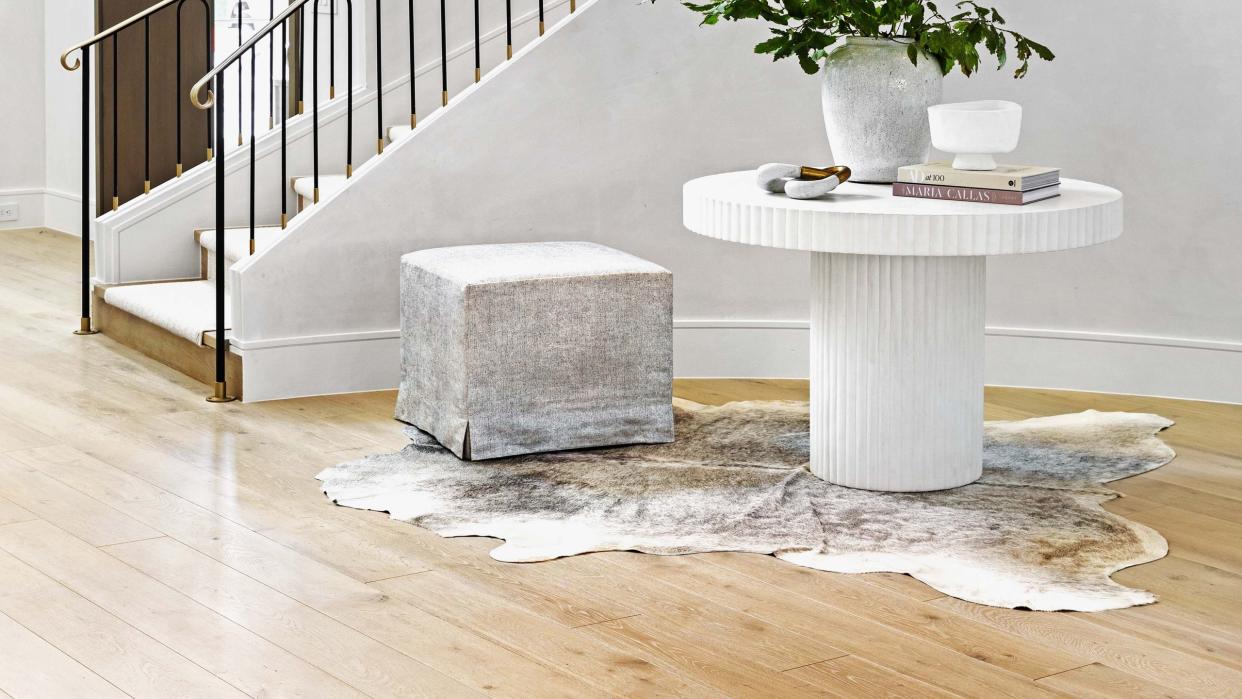
You get just one chance to make a first impression. That's true for relationships, and it's true for your home. Whether you live in a small city apartment, a townhome, a Gilded Age mansion, or someplace in between, odds are you have a front door. The foyer just inside is the first glimpse you and your guests get of your home, style, and personality, so you want to make it count. Or is it an entryway—or a vestibule? The three terms get thrown around interchangeably, but we're here along with interior designers Breegan Jane and George Kypreos of Los Angeles–based architecture and design studio Sherwood Kypreos to set the record straight. Read on to learn what a foyer is, how it differs from an entryway or vestibule, and what a functional and stylish foyer needs.
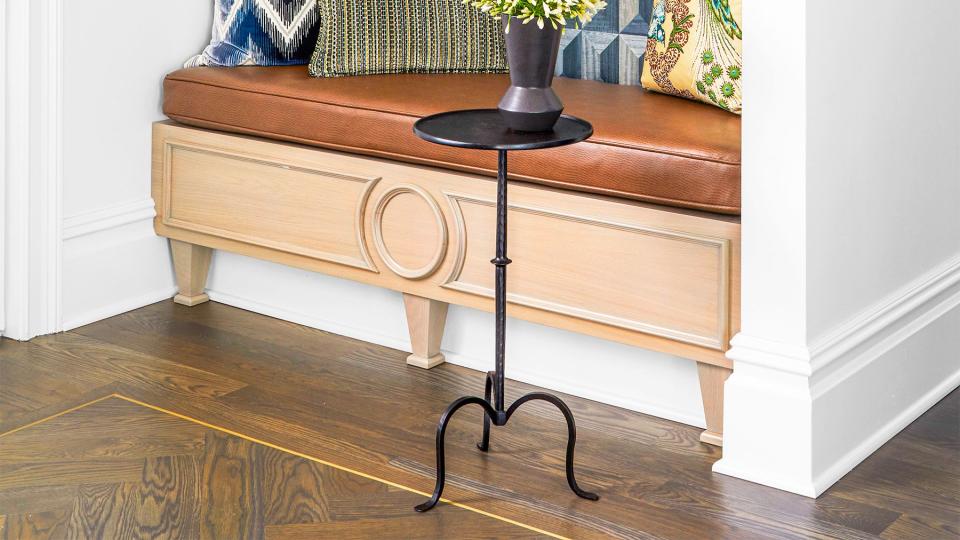
What Is a Foyer?
The definition of foyer is "an anteroom or lobby especially of a theater" or "an entrance hallway," according to Merriam-Webster. It derives from the French le foyer, which translates as "hearth," "home," or "household."
It's easy to get caught up in the word theater, but you don't have to live in one of those to have a foyer. In a public space, a foyer is a gathering place that's often designed to welcome you, allow you to get settled, and give you an idea of what to expect in the rest of the building. At home, a foyer is an passage where you drop keys, greet guests, keep essentials for running out the door, and introduce your design style. "A foyer typically connects a home entrance with the rest of the space," Jane says. "It functions as a passage through the entrance that can dictate how one will interact with your home. It often sets the tone for the design identity they’re about to experience."
In the past, foyers helped keep the chill out of other areas of the home whenever someone came inside during the winter. Older and more ornate styles of houses, including Victorians, Tudors, and Colonials, typically have foyers, whereas simpler and more modern styles like bungalows and ranch homes often don't.
Is a Foyer Different From an Entryway?
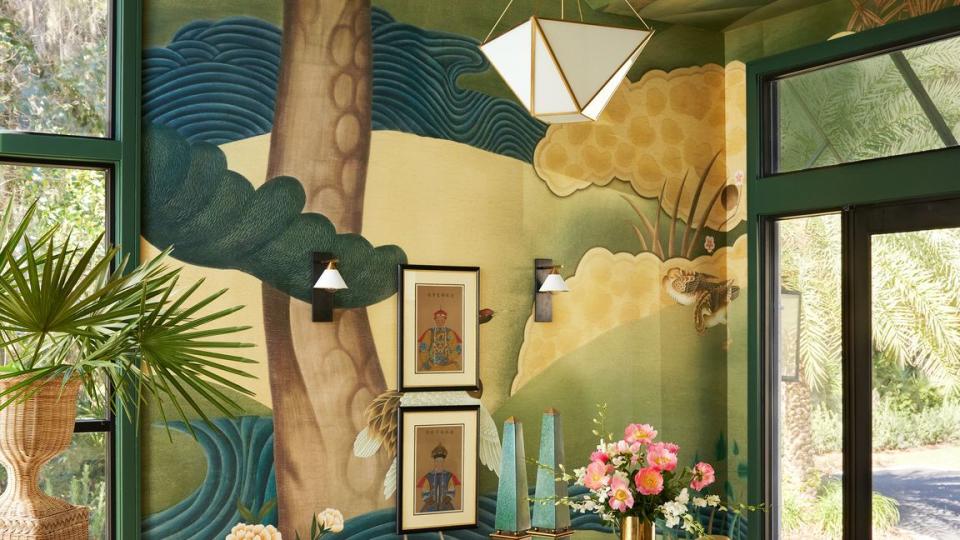
The primary difference between a foyer and an entryway is a sense of formality. In our opinion, it's a call-it-what-you-want situation. Many people refer to this space in the way they're most familiar with. In larger, grander homes, the transitional space is often called a foyer, while in apartments, smaller homes, and homes with an open-floor plan it's usually referred to as an entryway.
However, one difference does have to do with circulation. A foyer isn't strictly a transitional space the way an entryway is. "It's a more generous, furnished space that's meant to be inhabited as well as just passed through," says Kypreos. "And it doesn't necessarily need to be formal. A big foyer is great in rambling country or vacation houses where lots of family and friends are gathered and coming and going."
For the record, Merriam-Webster says both common pronunciations of foyer—FO-yer and fo-YAY—are correct.
A Foyer's Must-Have Elements
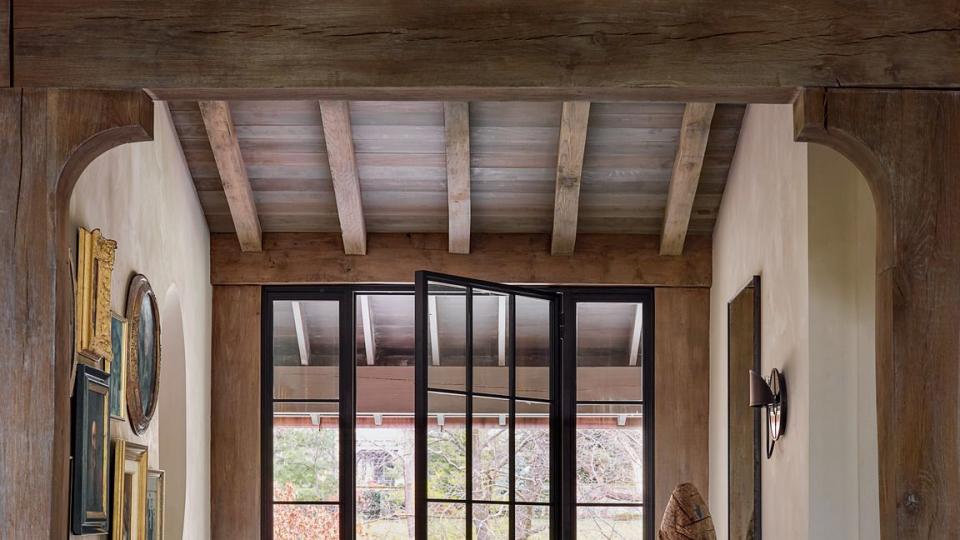
A Closet or Coat Rack
There's nothing worse than coming home on a rainy day and having to track water through your house to hang up your wet coat. Placing a coat rack or having a coat closet in your foyer is an essential part of keeping your home clean and dry and ensuring your seasonal jackets and gear stay organized. Plus, if you're hosting, guests will have a designated drop zone for their coats rather than laying them all over your couch (which takes up valuable seating space) or, worse, your bed.
A Rug or Doormat
A low-pile washable or easy-to-clean rug, runner, or doormat tells everyone to wipe off or slip off their shoes before they track debris inside. Add a boot tray in the fall and winter months to give snow boots a place to dry.
A Bench
We're not all children who can bend over and tie their shoes with ease. A bench in the foyer offers you and your guests a comfortable place to sit to put on and take off shoes. A storage bench is great for shoes-off households where footwear stays in the entryway.
A Drop Zone

Whether it's a console table, floating shelf, or simple wall hook, having a spot to keep bags, keys, and hats is great for everyone, especially those of us who are always running late. Establish a drop zone and you'll always know where your keys are (no more digging through yesterday's pants pockets), plus you can shed the day's belongings as soon as you walk in the door.
Foyer FAQs
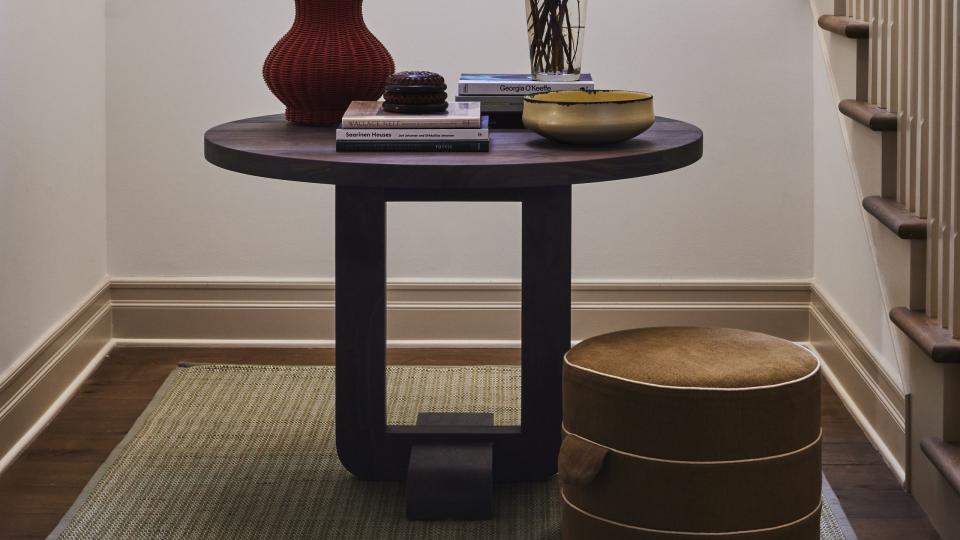
What Is the Foyer in a House?
A foyer is the area at the front of the home, often just inside the primary front door. The foyer connects a home's entrance with the rest of the interior.
What Is the Difference Between a Foyer and a Vestibule?
Vestibules are similar to foyers, but the terms don't have the exact same meaning. A vestibule is "a passage, hall, or room between the outer door and the interior of a building," according to Merriam-Webster. Picture a home with two front doors—one to the outside and another between that door and the interior. That in-between space is a vestibule. Though they can have the same purpose, in design a foyer may often lay beyond a vestibule or second set of doors.
Is a Hallway a Foyer?
Sometimes! A foyer is the first room you enter when walking through a front door. In a home, a foyer is usually a smaller space or hallway that leads to the rest of the rooms.
What Design Mistakes Should I Avoid in a Foyer?
As far as what to avoid, Jane thinks it's quite simple: Don't overcrowd the space. "While some foyers can be more spacious than others," she says, "you never want to run the risk of making them feel cluttered. I would also add that you should never be afraid of making them multiuse."
You Might Also Like


